Home>Storage & Organization>Kitchen Organizing Tools>Why Does My Cat Drag Clothes Into The Litter Box
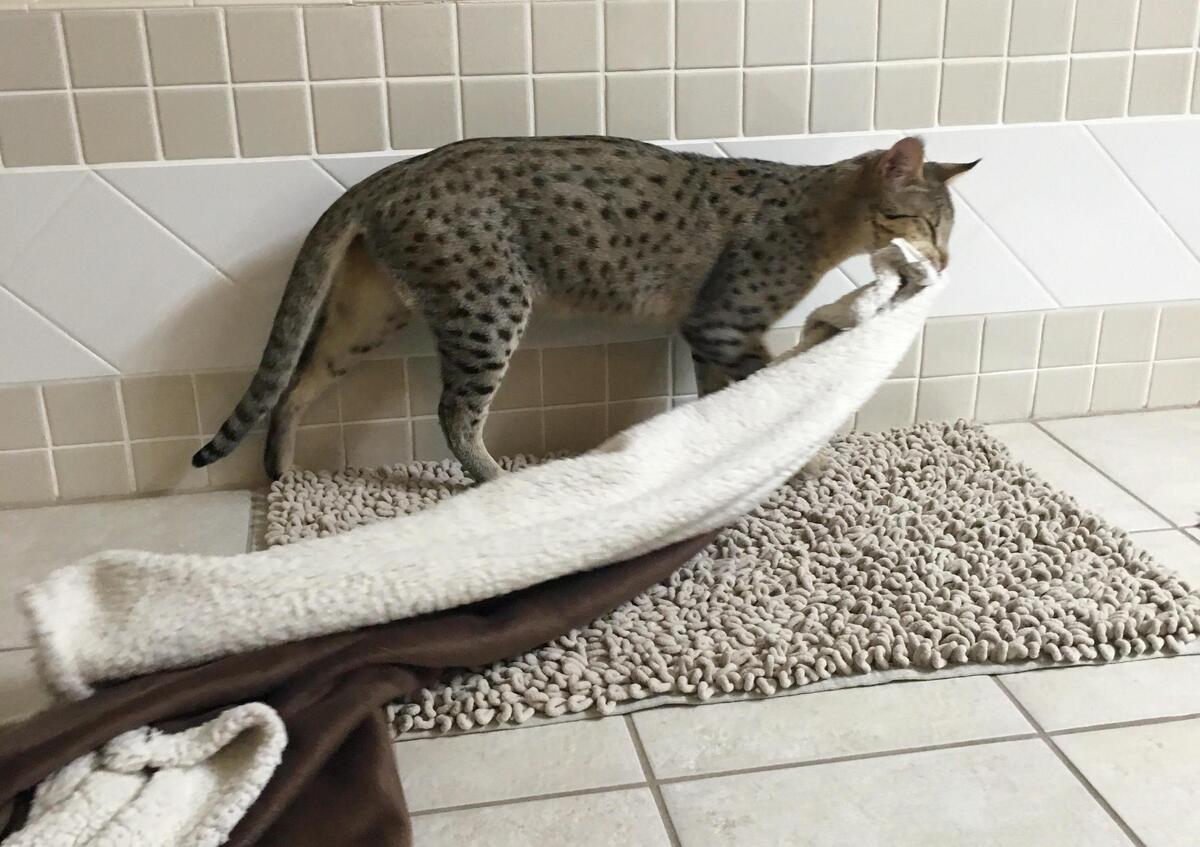

Kitchen Organizing Tools
Why Does My Cat Drag Clothes Into The Litter Box
Modified: August 27, 2024
Discover the best kitchen organizing tools to keep your space clutter-free. Find practical solutions for a tidy and efficient kitchen.
(Many of the links in this article redirect to a specific reviewed product. Your purchase of these products through affiliate links helps to generate commission for Storables.com, at no extra cost. Learn more)
Introduction
Have you ever been puzzled by the sight of your feline friend dragging clothes into the litter box? This peculiar behavior often leaves cat owners scratching their heads, wondering about the reasons behind this seemingly odd habit. While it may appear baffling at first glance, there are several underlying factors that can shed light on this behavior. Understanding the motivations behind this action can help cat owners address any potential issues and ensure their furry companions are happy and healthy.
The act of a cat dragging clothes into the litter box can be a perplexing sight for many pet owners. However, delving into the intricate world of feline behavior can unveil a myriad of reasons behind this seemingly peculiar action. From instinctual behaviors to emotional needs, there are various factors that may contribute to this unique habit. By exploring these underlying reasons, cat owners can gain valuable insights into their pets' behaviors and provide the necessary care and attention to ensure their well-being.
Key Takeaways:
- Cats may drag clothes into the litter box due to instinctual behaviors like scent marking and nesting, seeking comfort and security, or desiring attention from their human companions.
- If your cat exhibits this behavior, consider environmental enrichment, litter box management, and seeking veterinary evaluation to address potential stress, anxiety, or medical issues.
Read more: Why Does My Cat Spray In The Litter Box?
Instinctual Behavior
Cats are fascinating creatures with a rich history of instinctual behaviors that have been shaped by their evolution and domestication. The act of dragging clothes into the litter box can be attributed to several instinctual tendencies deeply ingrained in feline nature.
Scent Marking
One of the primary instinctual behaviors exhibited by cats is scent marking. By nature, cats are territorial animals, and they use scent to establish and maintain their territories. When a cat drags clothes into the litter box, it may be an instinctual attempt to mark its territory with its scent. This behavior is driven by the cat's innate need to create a familiar and secure environment within its living space.
Prey Instinct
Cats are natural hunters, and their predatory instincts play a significant role in their behaviors. The act of dragging clothes into the litter box may stem from a cat's instinct to "bury" its prey after a successful hunt. In the wild, cats conceal their prey to protect it from scavengers and to ensure a future food source. This behavior can manifest in domestic cats as they attempt to "bury" or conceal items, such as clothes, in the litter box.
Nesting Behavior
Another instinctual behavior that may contribute to this action is nesting. In the wild, cats exhibit nesting behaviors to create a safe and comfortable space for giving birth and raising their young. This nesting instinct can manifest in domestic cats as they seek to create a cozy and secure environment by arranging items, such as clothes, in the litter box.
Understanding these instinctual behaviors provides valuable insights into the motivations behind a cat's actions. By recognizing and acknowledging these natural tendencies, cat owners can better comprehend their pets' behaviors and provide an environment that accommodates their instinctual needs.
Read more: Why Does My Cat Sit In The Litter Box
Marking Territory
Cats are territorial creatures by nature, and they rely on scent marking to establish and maintain their territories. This instinctual behavior is deeply rooted in their evolutionary history and plays a crucial role in their interactions with their environment and other animals. When a cat drags clothes into the litter box, it may be engaging in a form of territorial marking.
Scent marking is a fundamental aspect of feline communication and territory delineation. Cats have scent glands located on various parts of their bodies, including their paws and cheeks, which they use to deposit their unique scent in their surroundings. By doing so, they create a familiar and secure environment within their territory.
The act of dragging clothes into the litter box can be seen as an extension of this scent marking behavior. Cats may perceive the clothes as items that carry the scent of their human companions, making them valuable targets for scent marking. By placing these items in the litter box, cats are essentially incorporating their human's scent into their territory, thereby reinforcing their sense of ownership and security.
Moreover, the litter box itself serves as a significant territory for cats. It is a space associated with elimination, a vulnerable activity in the wild. By depositing their scent on items within the litter box, cats are effectively asserting their presence and ownership of this essential territory.
Understanding the significance of scent marking in the context of territorial behavior provides valuable insights into a cat's motivations. By engaging in this behavior, cats are instinctively seeking to create a familiar and secure environment within their living space. Recognizing the importance of territorial marking can help cat owners appreciate the underlying reasons behind their pets' actions and provide an environment that accommodates their natural instincts.
By acknowledging and respecting a cat's need to mark its territory, cat owners can foster a harmonious living environment that supports their pets' instinctual behaviors. This understanding can also guide owners in creating a conducive space that promotes their cats' well-being and contentment.
Comfort and Security
Cats are creatures of comfort, seeking out cozy and secure spaces to rest and relax. The act of dragging clothes into the litter box may be attributed to a cat's innate desire for comfort and security within its living environment.
For cats, the litter box serves as a familiar and safe space associated with elimination and personal hygiene. By placing clothes in the litter box, cats may be attempting to create a comforting and secure environment by incorporating familiar scents and textures into this essential area of their territory. The presence of clothes, which carry the scent of their human companions, can provide a sense of reassurance and familiarity, contributing to the cat's overall comfort.
Furthermore, the act of arranging clothes in the litter box can be seen as a form of nesting behavior. In the wild, cats exhibit nesting instincts to create a cozy and secure space for giving birth and nurturing their young. This nesting behavior may manifest in domestic cats as they arrange items, such as clothes, in the litter box to create a comforting and secure environment.
Additionally, cats are known for their affinity for soft and comfortable materials. The texture of clothes may appeal to a cat's instinctual preference for cozy resting spots. By incorporating clothes into the litter box, cats may be seeking to enhance the comfort of this space, transforming it into a snug and inviting area that meets their need for relaxation and security.
Understanding a cat's inclination towards comfort and security sheds light on the motivations behind this behavior. By recognizing and accommodating these needs, cat owners can provide an environment that supports their pets' well-being and contentment. Creating cozy resting areas and ensuring a sense of security within the living space can contribute to a cat's overall happiness and satisfaction.
By acknowledging a cat's need for comfort and security, cat owners can take proactive steps to enhance their pets' living environment, ensuring that it aligns with their natural inclinations. This understanding can guide owners in creating a conducive space that promotes their cats' well-being and contentment.
Attention Seeking
Cats are known for their unique ways of seeking attention from their human companions. The act of dragging clothes into the litter box can be a manifestation of a cat's desire for attention and interaction. This behavior may stem from the cat's innate need for stimulation and engagement within its living environment.
When a cat drags clothes into the litter box, it may be seeking to attract the attention of its human companions. Cats are intelligent and perceptive animals that often devise creative ways to communicate their needs and desires. By engaging in this behavior, a cat may be attempting to elicit a response from its owners, whether it be in the form of play, affection, or acknowledgment.
Furthermore, the act of incorporating clothes into the litter box can serve as a means for a cat to initiate interaction with its human companions. Cats are adept at recognizing the significance of their owners' daily activities, and they may use this behavior as a way to engage with their humans during the process of cleaning or maintaining the litter box.
In some cases, a cat may drag clothes into the litter box as a form of play or a social invitation. By incorporating items with familiar scents into the litter box, a cat may be signaling its desire for shared activities or bonding moments with its owners. This behavior can be seen as a subtle yet effective way for a cat to express its need for attention and companionship.
Understanding a cat's inclination towards seeking attention provides valuable insights into the motivations behind this behavior. By recognizing and responding to a cat's attempts to engage with its human companions, owners can foster a deeper bond with their pets and fulfill their cats' social and emotional needs.
By acknowledging a cat's desire for attention and interaction, cat owners can create opportunities for meaningful engagement and strengthen their relationship with their feline companions. This understanding can guide owners in providing the necessary attention and companionship that contribute to their cats' overall well-being and happiness.
Stress and Anxiety
Cats, like humans, can experience stress and anxiety, and these emotions can manifest in various behaviors, including the act of dragging clothes into the litter box. Understanding the potential role of stress and anxiety in this behavior is crucial for cat owners to provide the necessary support and care for their pets.
Stress and anxiety can be triggered by a range of factors, such as changes in the environment, household dynamics, or routine disruptions. Cats are sensitive animals, and they can be particularly susceptible to stressors that may go unnoticed by their human companions. When a cat experiences stress or anxiety, it may exhibit unusual behaviors as a coping mechanism or a way to communicate its emotional state.
The act of dragging clothes into the litter box can be a sign of stress or anxiety in cats. This behavior may serve as a form of displacement activity, where the cat redirects its anxious energy towards rearranging items in its environment. By engaging in this behavior, a cat may be attempting to alleviate its feelings of unease or discomfort by focusing on a repetitive and soothing activity.
Moreover, the presence of clothes in the litter box may provide a sense of security and familiarity for a stressed or anxious cat. The comforting scent of familiar items can offer a source of reassurance and emotional support, helping the cat cope with its underlying stressors.
It's essential for cat owners to be attentive to any changes in their pets' behaviors, as these may indicate underlying stress or anxiety. By recognizing the potential signs of stress, such as the act of dragging clothes into the litter box, owners can take proactive steps to address the root causes of their cats' distress and provide a supportive environment.
Creating a calm and predictable living space, offering enriching activities, and providing opportunities for relaxation and comfort can help alleviate stress and anxiety in cats. Additionally, seeking guidance from a veterinarian or animal behaviorist can offer valuable insights and support in addressing a cat's emotional well-being.
By acknowledging the potential role of stress and anxiety in a cat's behavior, owners can take meaningful steps to create a nurturing and supportive environment that promotes their pets' emotional health and overall well-being. Understanding and addressing the impact of stress and anxiety can contribute to a harmonious and fulfilling relationship between cats and their human companions.
Try placing a separate, cozy bed near the litter box to give your cat a designated spot for nesting. This may reduce the urge to drag clothes into the litter box.
Read more: Why Does My Cat Scratch The Litter Box
Medical Issues
It's important for cat owners to consider the possibility of underlying medical issues when observing unusual behaviors, such as dragging clothes into the litter box. While this behavior can be attributed to various non-medical factors, it's essential to be mindful of the potential impact of medical conditions on a cat's actions.
Urinary tract issues, such as urinary tract infections (UTIs) or bladder inflammation, can lead to changes in a cat's litter box behavior. Cats experiencing discomfort or pain during urination may exhibit unusual behaviors, including dragging items into the litter box. This behavior can serve as a coping mechanism or an attempt to communicate their discomfort to their owners.
Additionally, gastrointestinal problems, such as constipation or diarrhea, can also influence a cat's behavior around the litter box. Cats may associate the litter box with their physical discomfort, leading them to engage in atypical behaviors, such as rearranging items in the vicinity of the litter box.
Furthermore, underlying medical conditions that affect a cat's overall well-being, such as arthritis or mobility issues, can impact their interactions with the litter box and surrounding areas. Cats experiencing pain or discomfort may seek alternative ways to navigate their environment, potentially leading to behaviors like dragging clothes into the litter box.
It's crucial for cat owners to monitor their pets' overall health and seek veterinary attention if they notice any changes in their litter box behavior. A thorough examination by a veterinarian can help rule out any potential medical issues and ensure that the cat receives appropriate care and treatment.
By considering the possibility of medical issues, cat owners can demonstrate a proactive approach to their pets' well-being. Seeking professional guidance and addressing any underlying medical conditions can contribute to a cat's overall health and comfort, ultimately fostering a supportive and nurturing environment for the pet.
Understanding the potential impact of medical issues on a cat's behavior underscores the importance of attentive and proactive pet care. By prioritizing their pets' health and seeking timely veterinary care, cat owners can ensure that their feline companions receive the necessary support and attention to thrive in their living environment.
How to Address the Behavior
Addressing the behavior of a cat dragging clothes into the litter box requires a thoughtful and proactive approach to ensure the well-being of the feline companion. By understanding the potential underlying reasons behind this behavior, cat owners can implement strategies to address and manage the situation effectively.
-
Environmental Enrichment: Providing a stimulating and enriching environment for the cat can help alleviate stress and anxiety, reducing the likelihood of engaging in unusual behaviors. Interactive toys, scratching posts, and cozy resting areas can offer mental and physical stimulation, promoting a sense of security and contentment for the cat.
-
Litter Box Management: Ensuring that the litter box is clean, accessible, and appropriately sized for the cat is essential. Cats are meticulous about their elimination habits, and a well-maintained litter box can encourage proper use and minimize the likelihood of engaging in atypical behaviors.
-
Scent Management: Introducing pheromone-based products, such as diffusers or sprays, can help create a calming and reassuring atmosphere for the cat. These products can aid in reducing stress and promoting a sense of security within the living space, potentially mitigating the need for unusual behaviors.
-
Veterinary Evaluation: If the behavior persists or is accompanied by other concerning signs, seeking a thorough veterinary evaluation is crucial. A veterinarian can assess the cat's overall health, address any potential medical issues, and provide guidance on behavior management strategies tailored to the specific needs of the cat.
-
Positive Reinforcement: Encouraging and rewarding desirable behaviors around the litter box can reinforce positive habits. Offering praise, treats, or playtime when the cat uses the litter box appropriately can help shape and maintain favorable behaviors while strengthening the bond between the cat and its owner.
-
Behavior Modification: Working with a professional animal behaviorist or a certified cat behavior consultant can offer valuable insights and tailored strategies for addressing the behavior. Behavior modification techniques, such as desensitization and counterconditioning, can be employed to reshape the cat's responses and reduce the likelihood of engaging in the unusual behavior.
By implementing these proactive measures and seeking appropriate support, cat owners can effectively address the behavior of a cat dragging clothes into the litter box. Creating a supportive and enriching environment, coupled with attentive pet care and professional guidance, can contribute to the overall well-being and contentment of the feline companion.
Frequently Asked Questions about Why Does My Cat Drag Clothes Into The Litter Box
Was this page helpful?
At Storables.com, we guarantee accurate and reliable information. Our content, validated by Expert Board Contributors, is crafted following stringent Editorial Policies. We're committed to providing you with well-researched, expert-backed insights for all your informational needs.
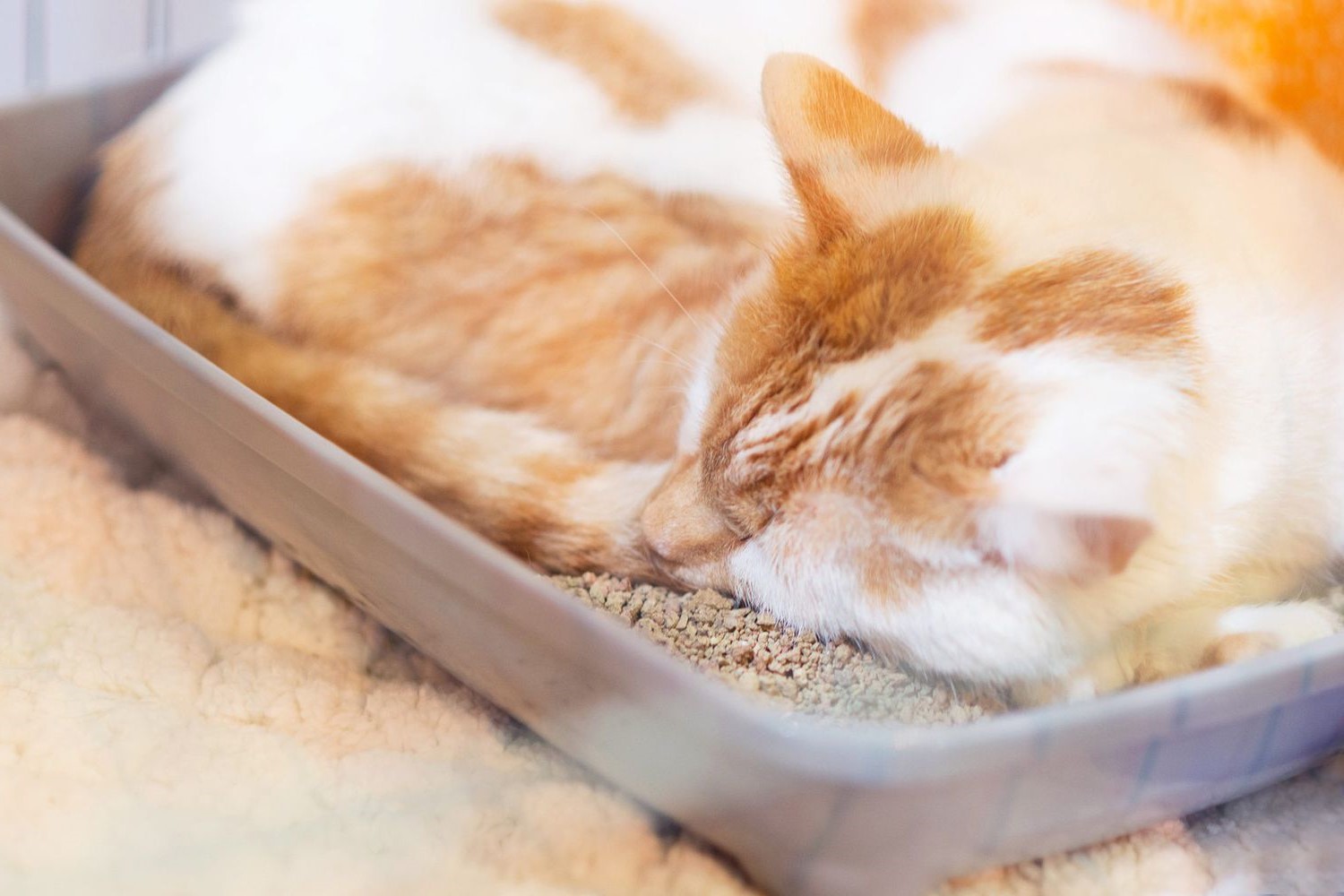
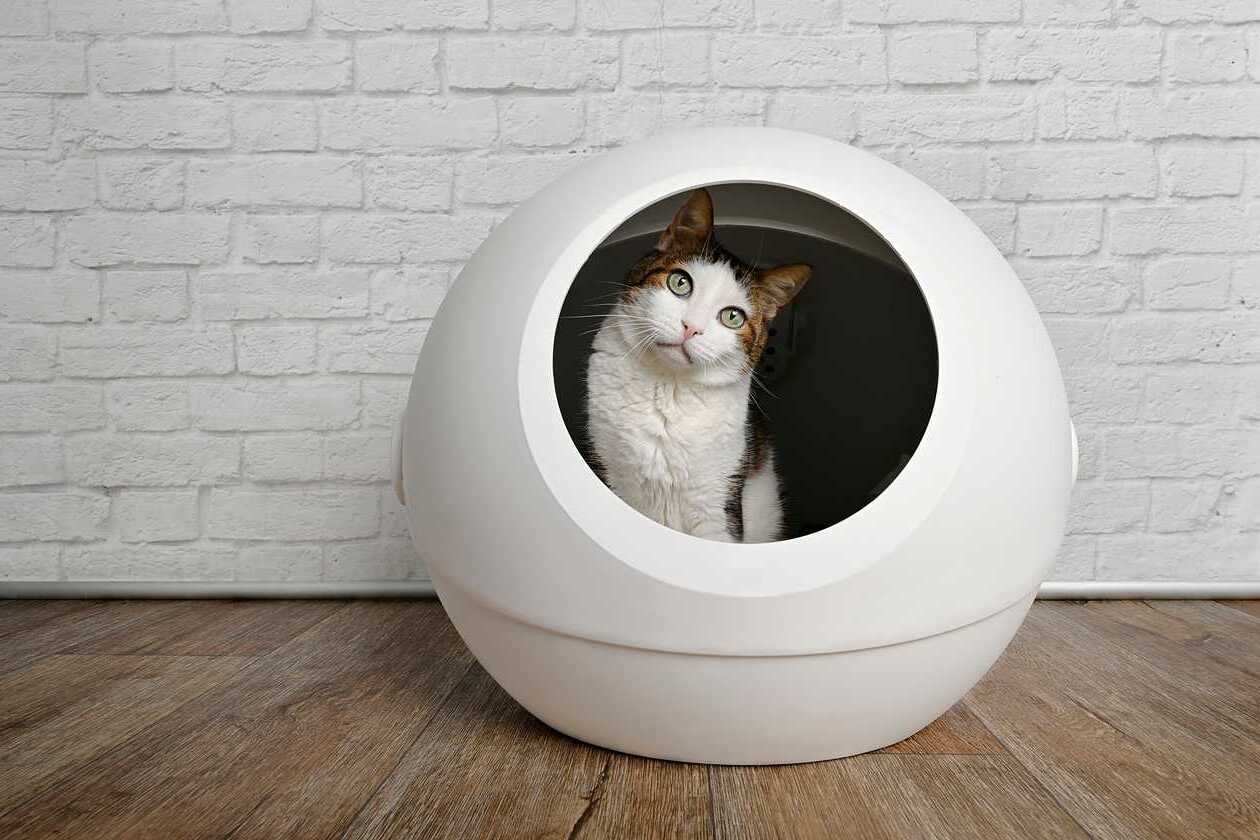
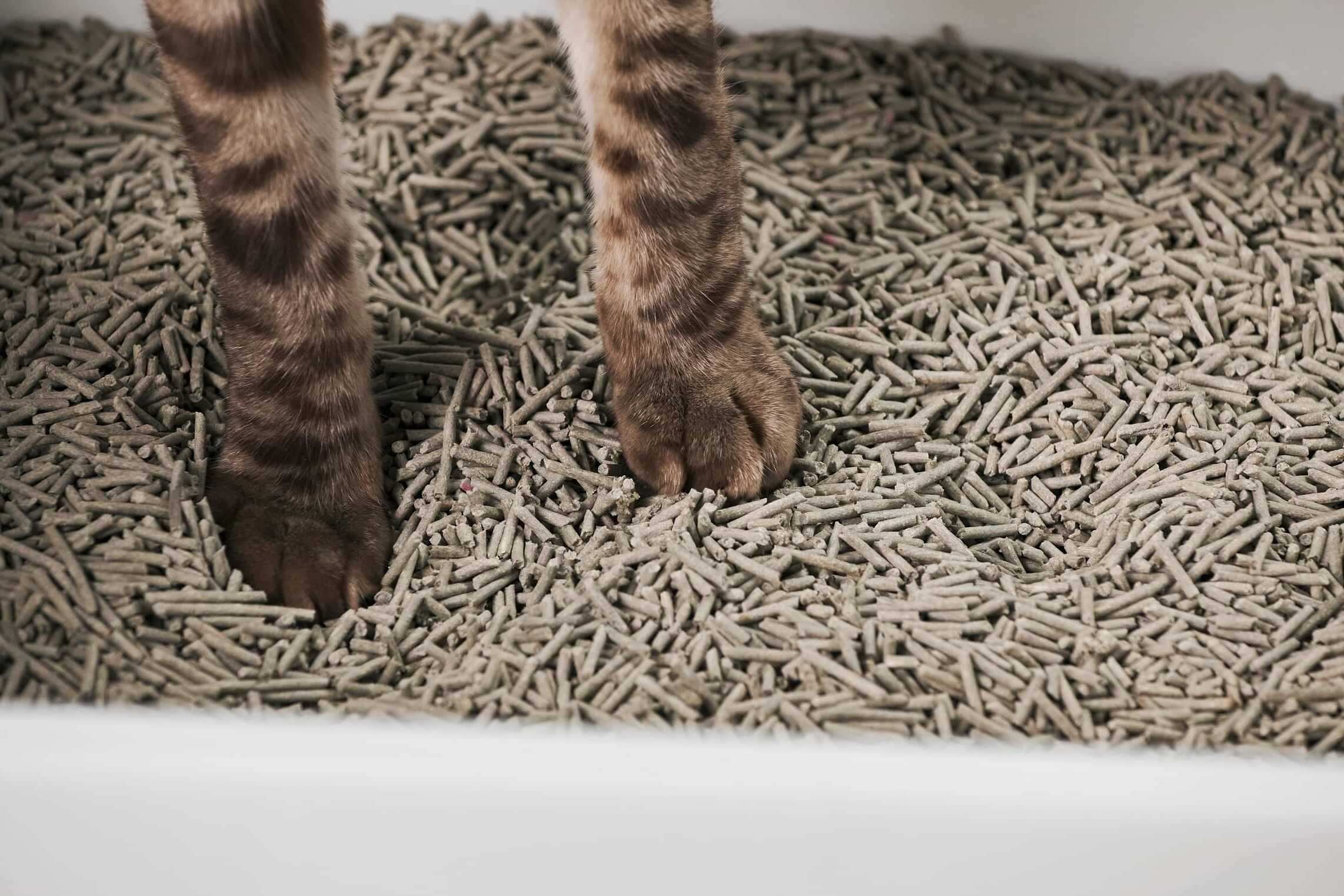
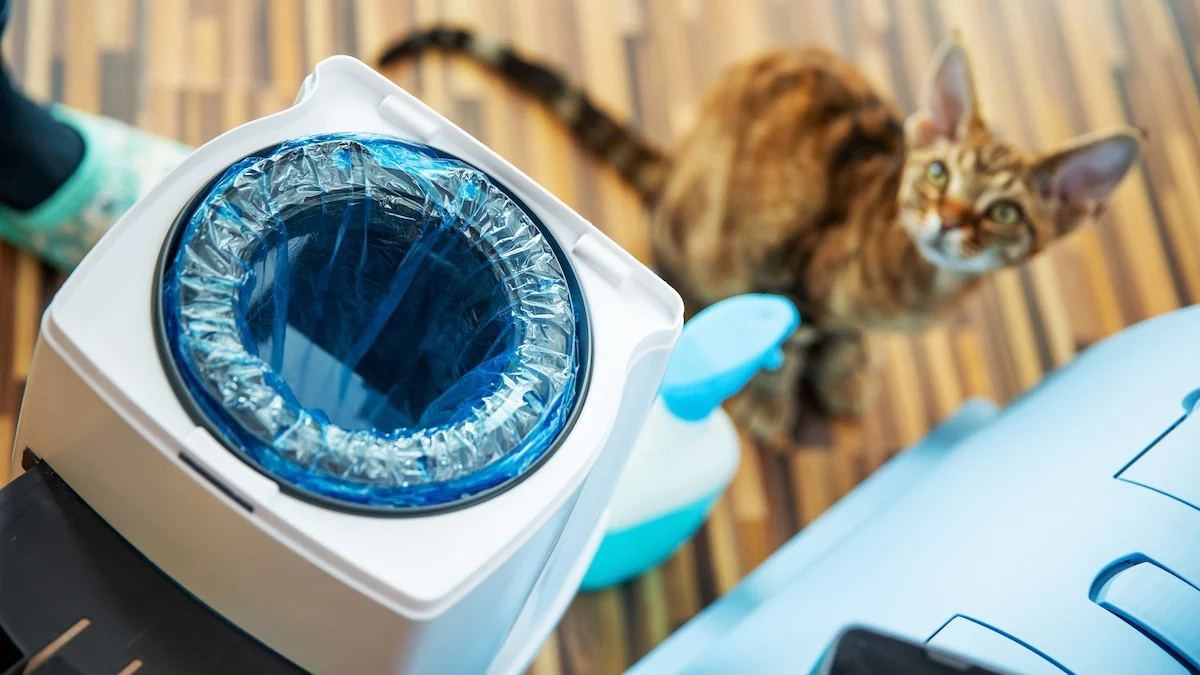
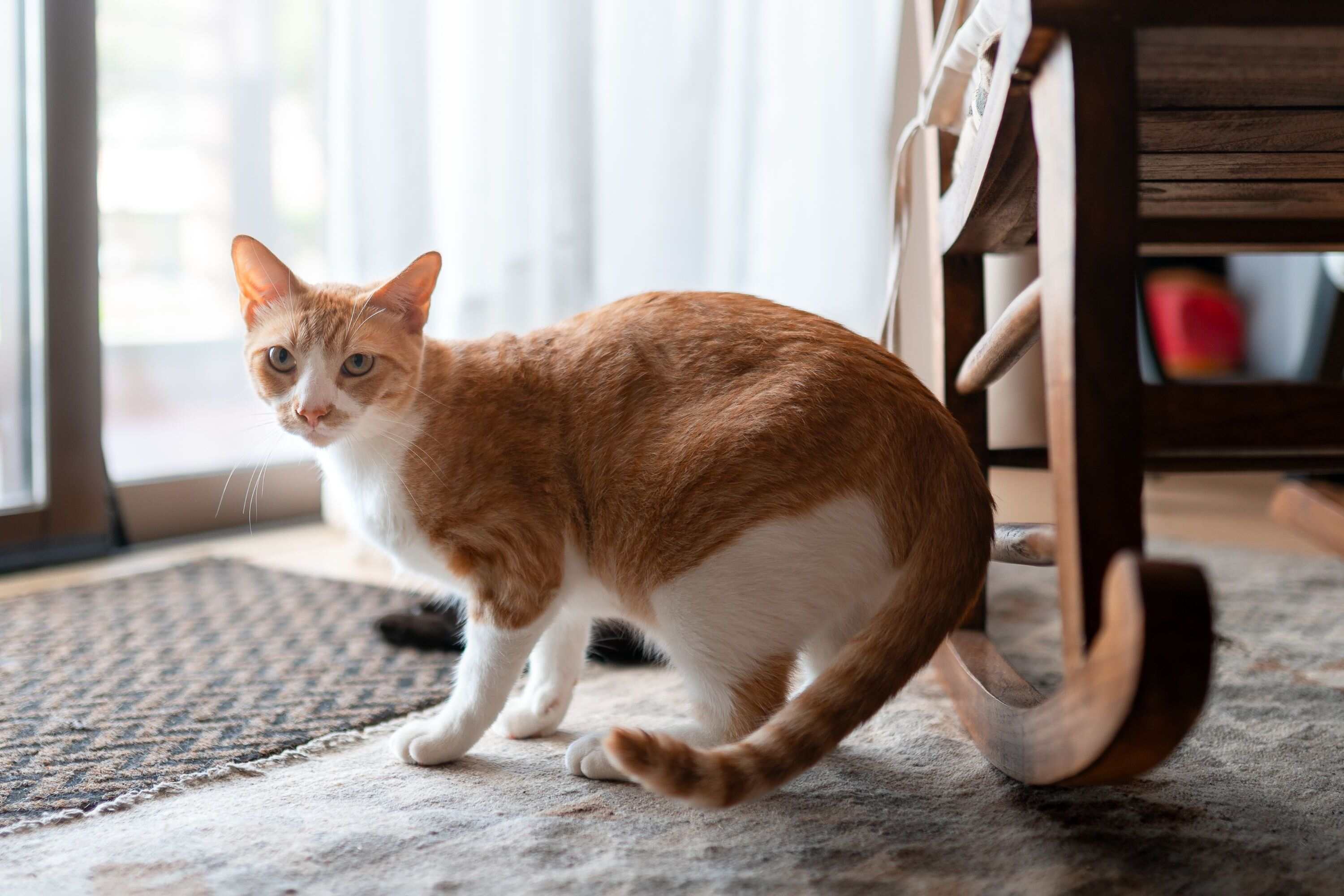
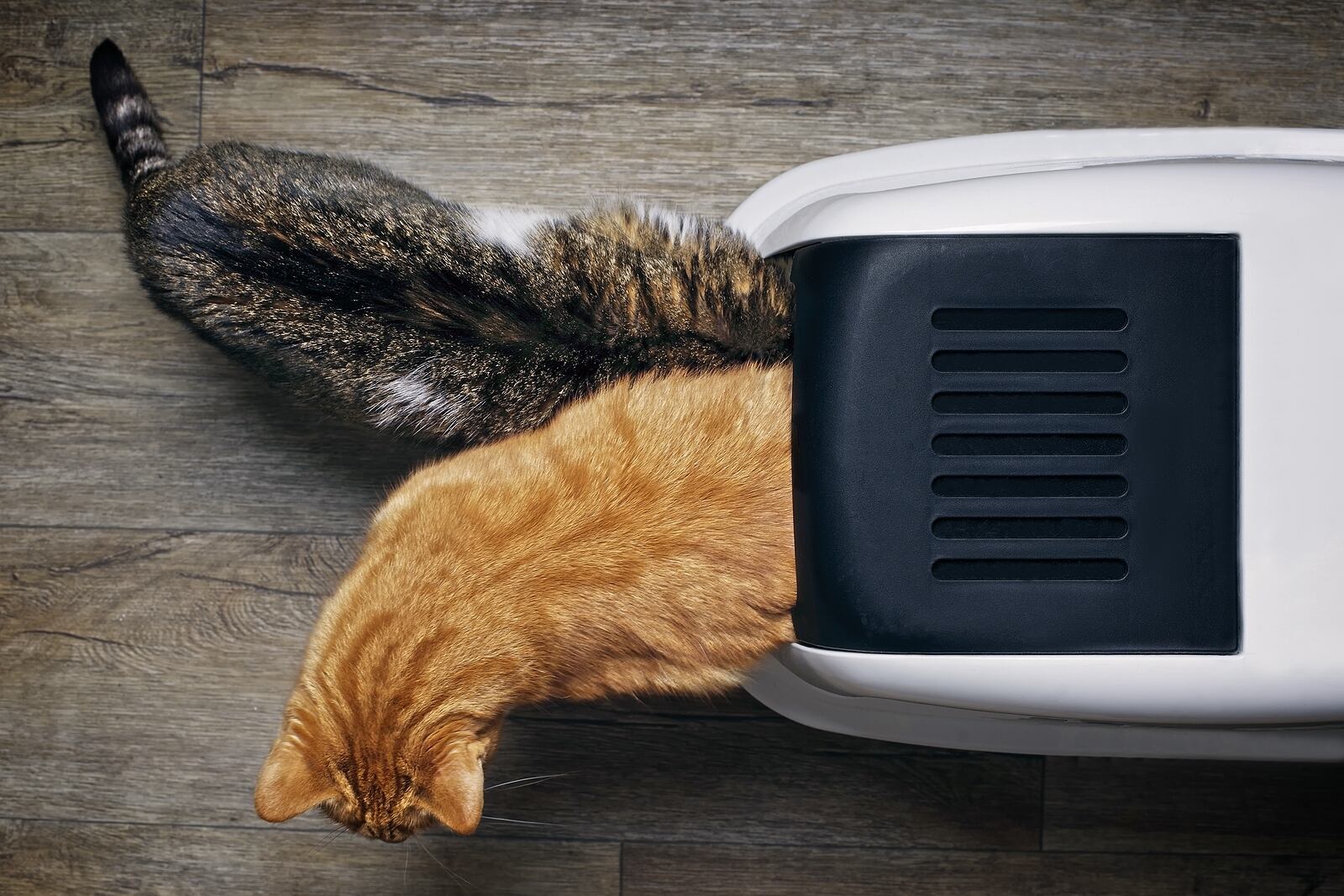
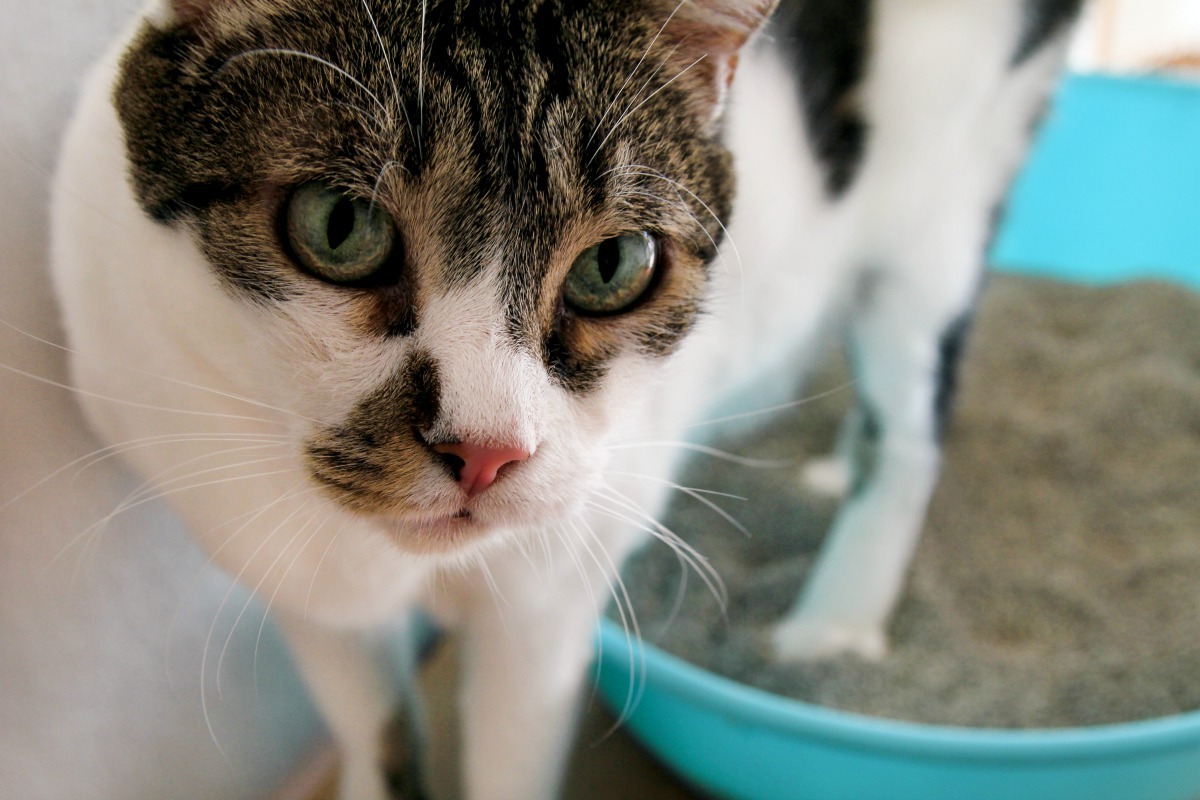
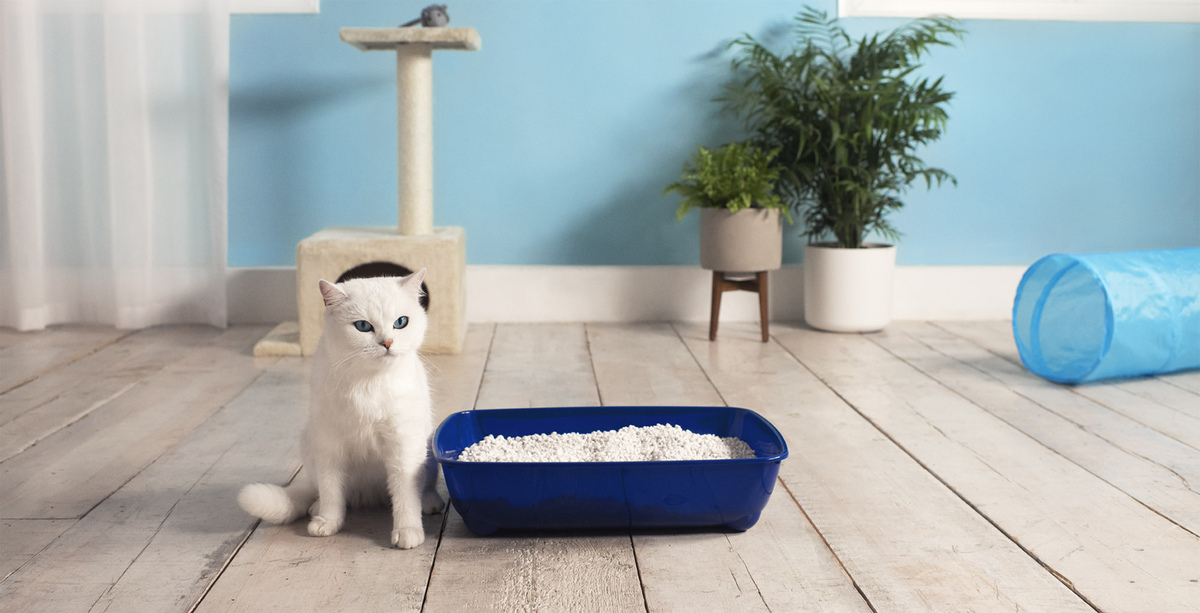
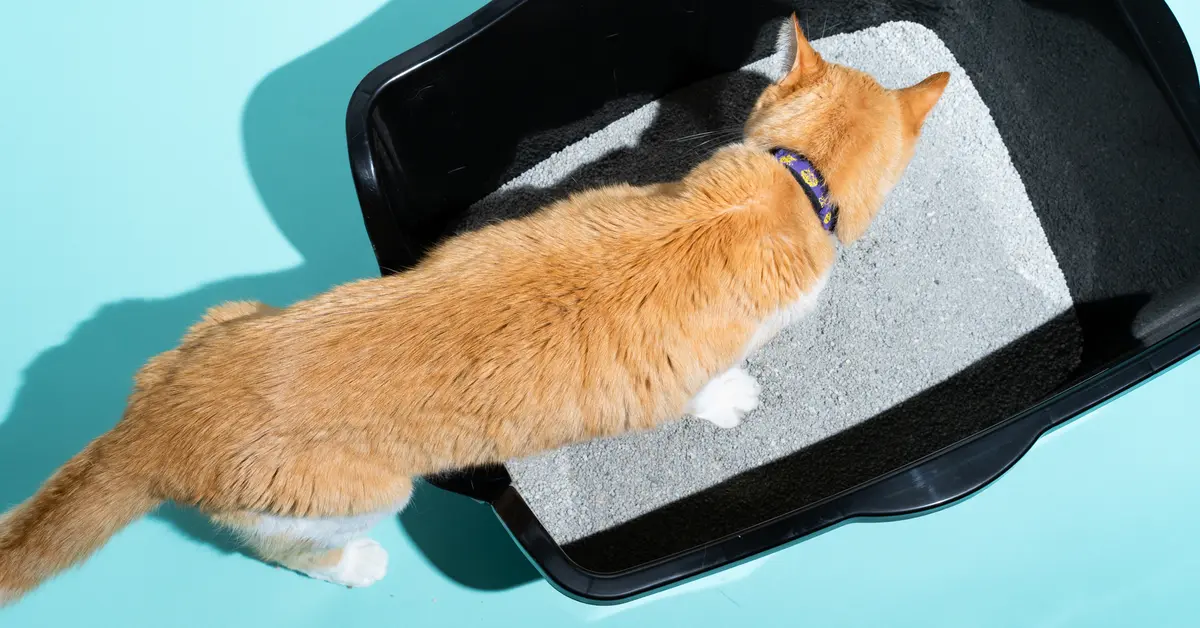
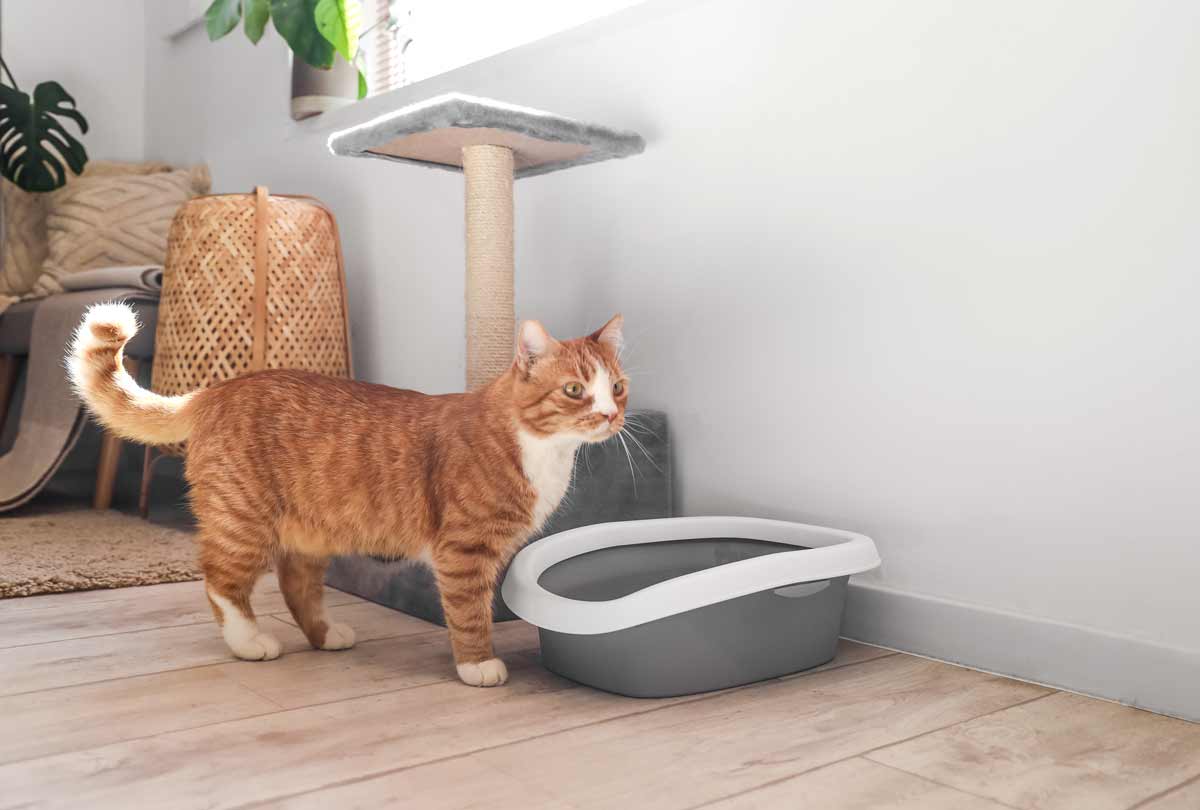
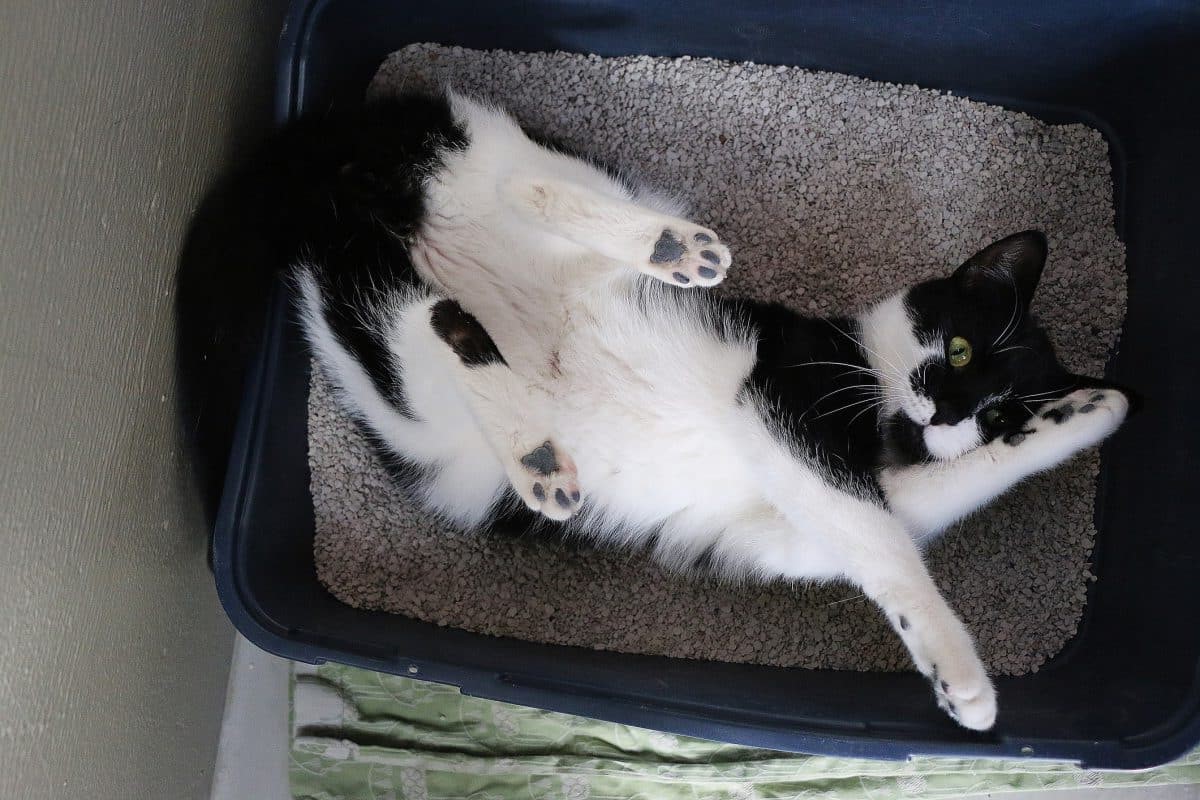
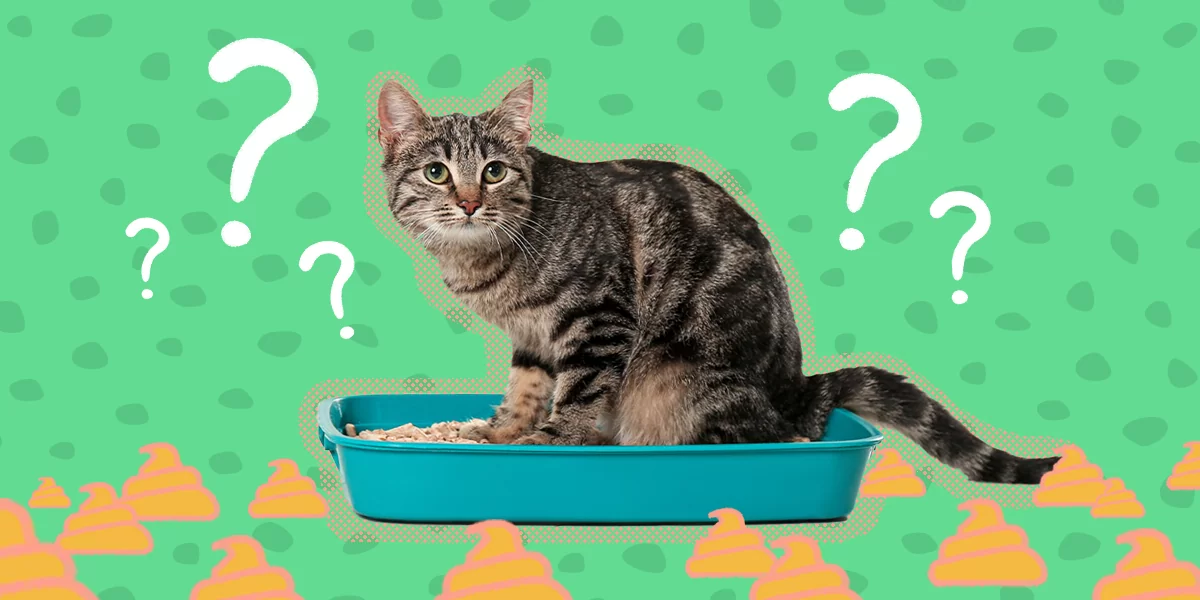
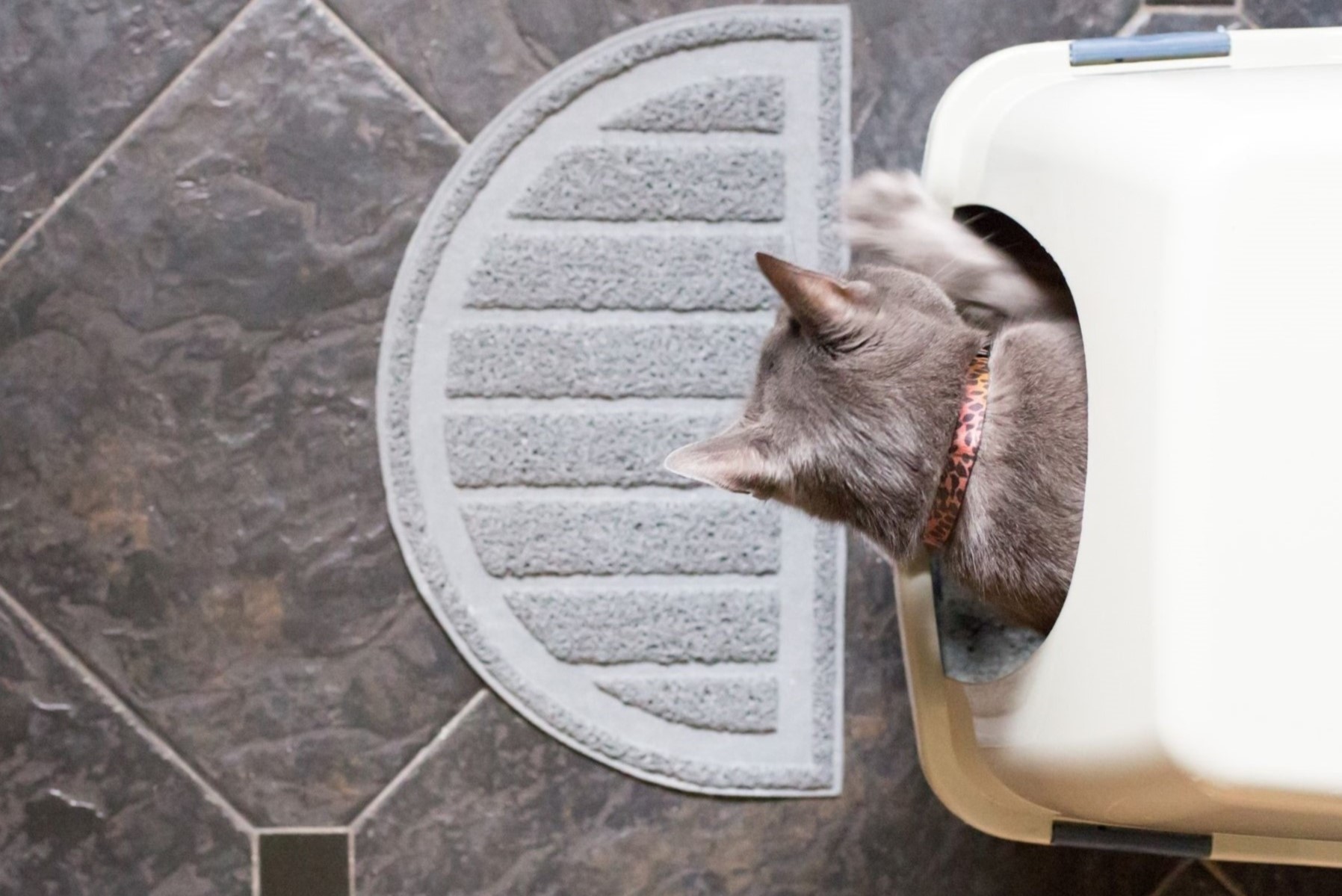

0 thoughts on “Why Does My Cat Drag Clothes Into The Litter Box”